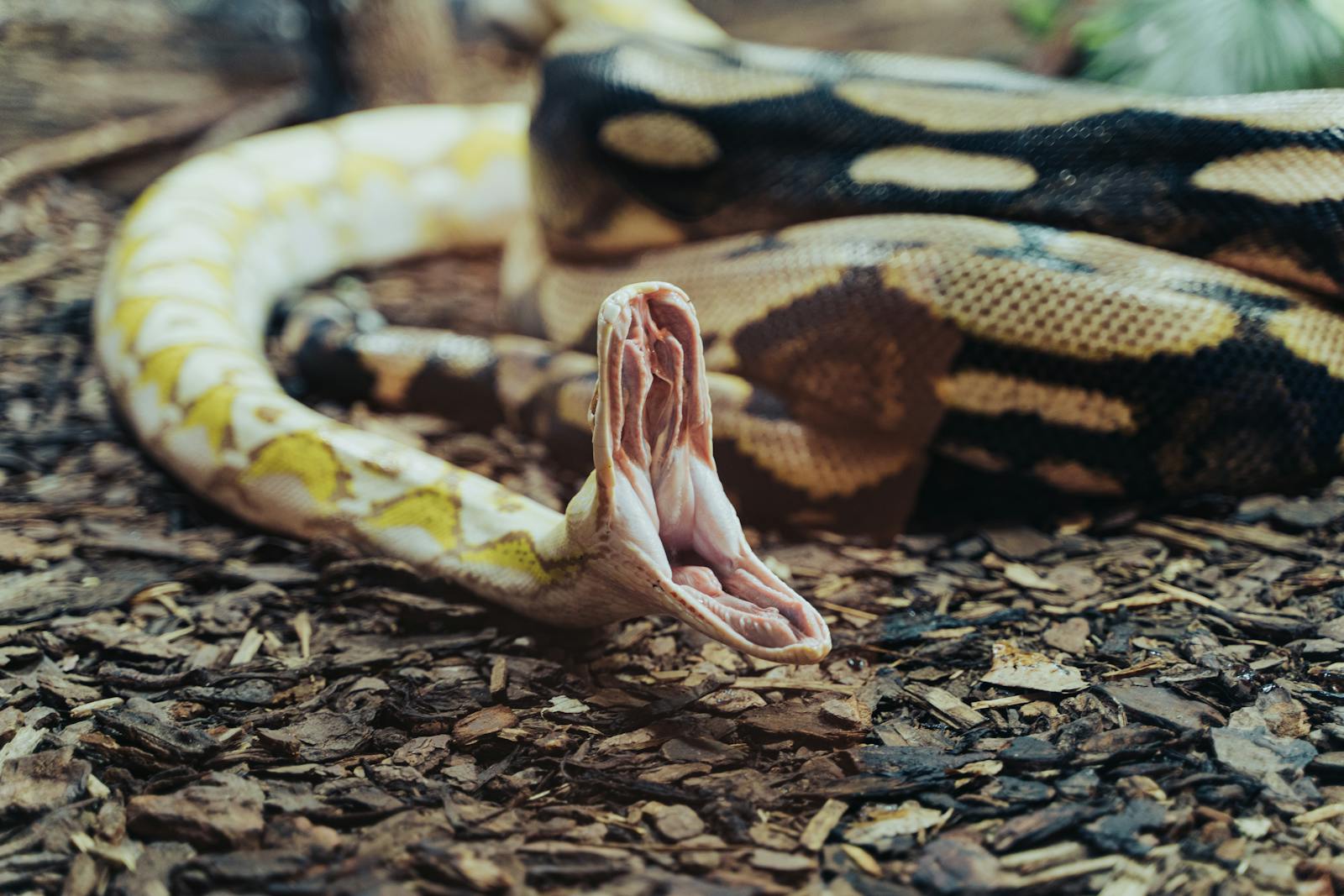Snakes have a unique and fascinating jaw structure that allows them to consume prey much larger than their head. Unlike mammals with fused jaw bones, snakes have highly mobile jaw components connected by elastic ligaments. This remarkable adaptation is essential for their survival, but it also makes them susceptible to various jaw injuries. Recognizing the signs of a jaw injury in your snake is crucial for prompt treatment and preventing long-term complications. Whether you’re a new snake owner or an experienced herpetologist, understanding how to identify these injuries can make a significant difference in your pet’s health and quality of life.
Understanding Snake Jaw Anatomy
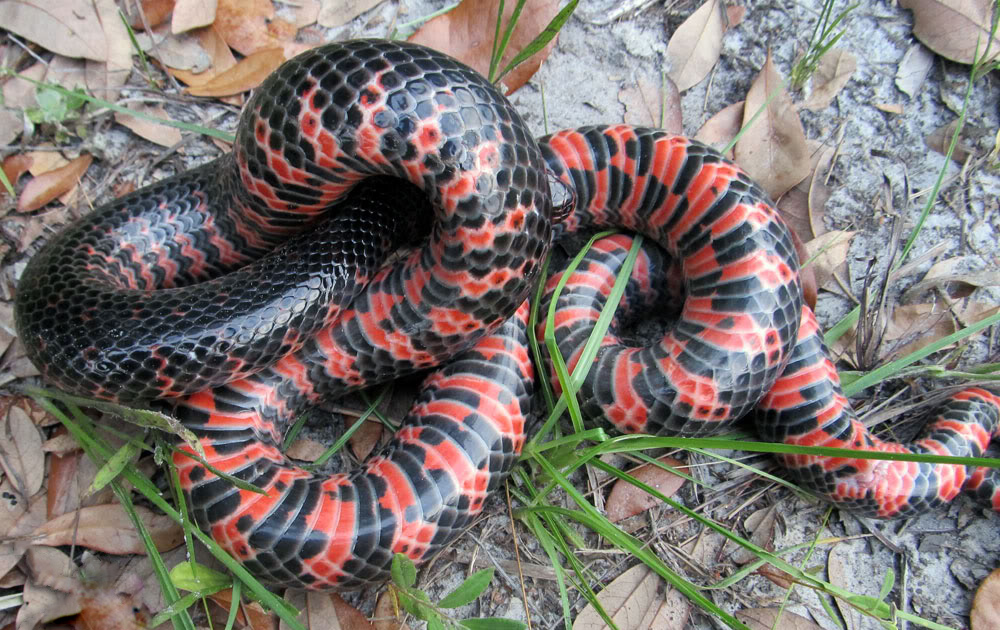
Snake jaws are marvels of evolutionary engineering, consisting of multiple bones that can move independently of one another. Unlike human jaws, which are firmly connected at the chin, snakes possess a quadrate bone that allows for extreme flexibility when consuming prey. Additionally, snakes have two mandibles (lower jaw bones) that aren’t fused together but connected by elastic ligaments, allowing them to stretch significantly during feeding. This complex structure enables snakes to swallow prey whole, sometimes items that are several times the diameter of their head. Understanding this unique anatomy is essential for recognizing abnormalities that might indicate an injury to any part of this sophisticated system.
Common Causes of Snake Jaw Injuries
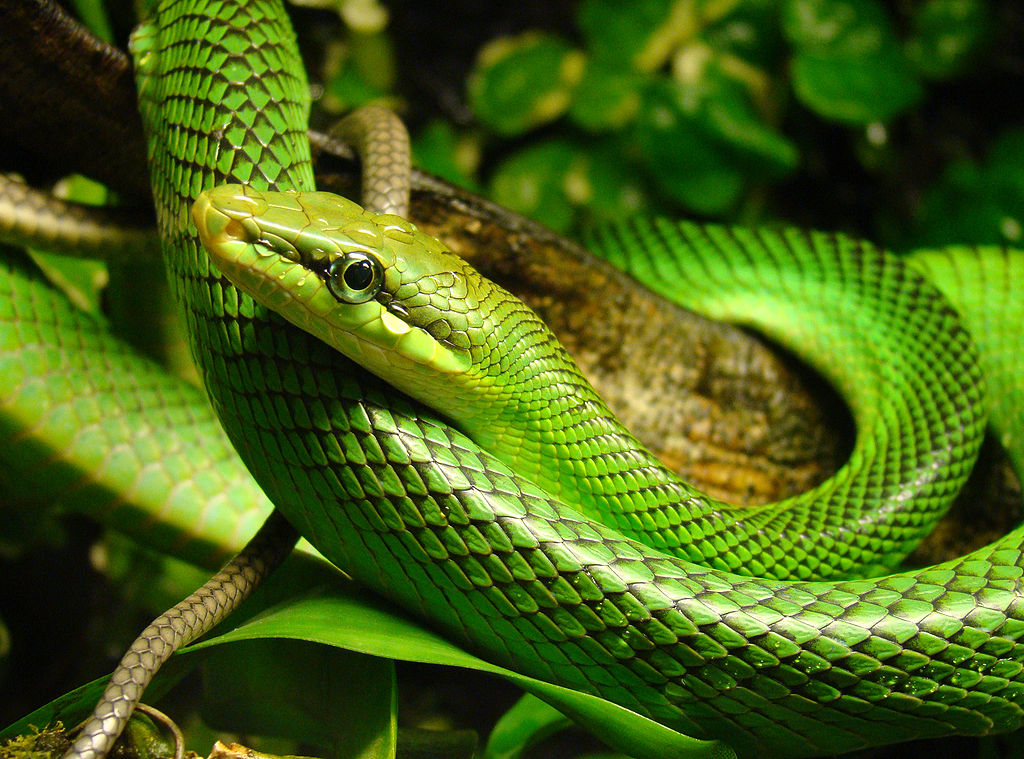
Snake jaw injuries can occur from various circumstances, with feeding accidents being one of the most common causes. When striking at prey that’s too large or struggling vigorously, snakes may dislocate or damage jaw components. Improper handling can also lead to jaw injuries, especially if a snake is forcibly removed from something it’s biting or if excessive pressure is applied to its head region. Habitat hazards represent another risk factor – snakes may injure themselves on sharp cage decorations or when striking at prey near hard surfaces. Some injuries can also result from fights with cage mates in communal setups or from falling from heights when climbing. Understanding these causes can help snake owners prevent potential injury situations in the first place.
Visual Signs of Jaw Misalignment
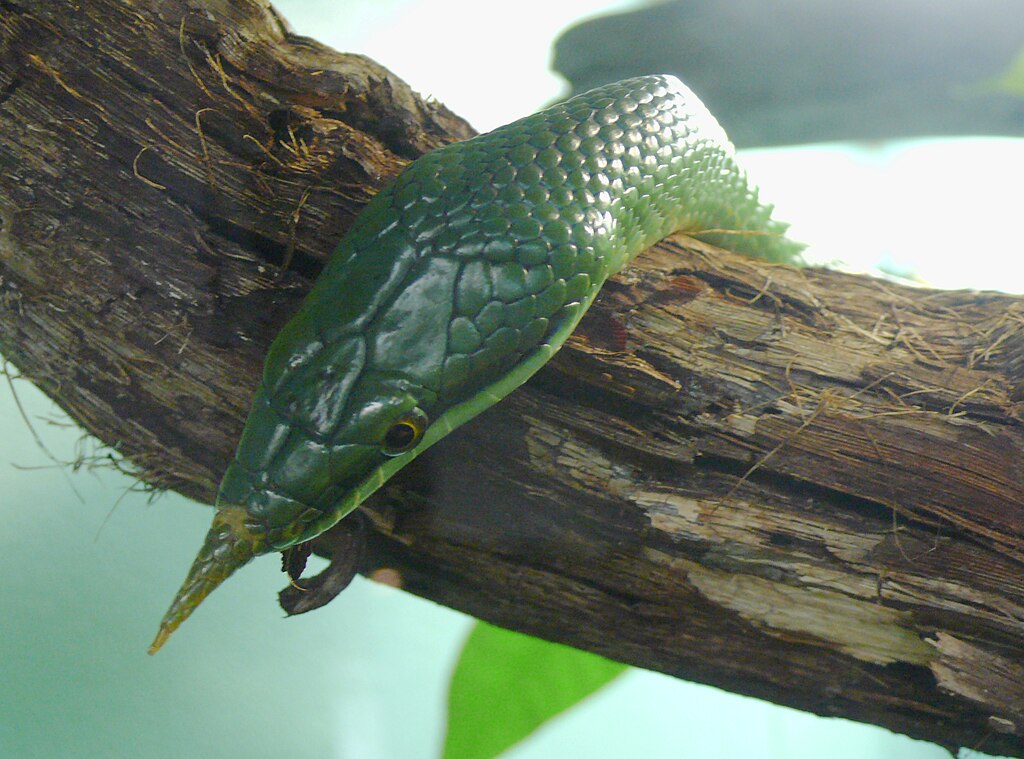
A healthy snake’s mouth should close properly with the upper and lower jaws aligning correctly when at rest. One of the most obvious signs of a jaw injury is visible misalignment where the snake appears unable to fully close its mouth or where the jaw sits at an unnatural angle. You might notice the lower jaw hanging open, shifting to one side, or appearing crooked relative to the upper jaw. In severe cases, the jaw may be completely askew, with parts visibly out of place compared to their normal position. These misalignments are often more noticeable right after feeding attempts or when the snake is trying to drink water. Any persistent abnormality in jaw alignment warrants immediate veterinary attention, as proper jaw function is critical for a snake’s survival.
Changes in Feeding Behavior

One of the most reliable indicators of a jaw injury is a sudden change in your snake’s feeding habits. A snake with a jaw injury may show initial interest in food but then refuse to strike or attempt to consume prey. If your snake does try to eat, you might observe unusual movements during the strike phase, such as striking from odd angles or with less precision than normal. Some snakes with jaw injuries may strike but then immediately release prey due to pain or mechanical limitations. In cases where feeding is attempted, the snake may struggle unusually with swallowing, taking significantly longer than usual or making multiple unsuccessful attempts to position prey correctly. These feeding difficulties often lead to weight loss over time if the injury remains untreated.
Swelling and Inflammation Around the Jaw
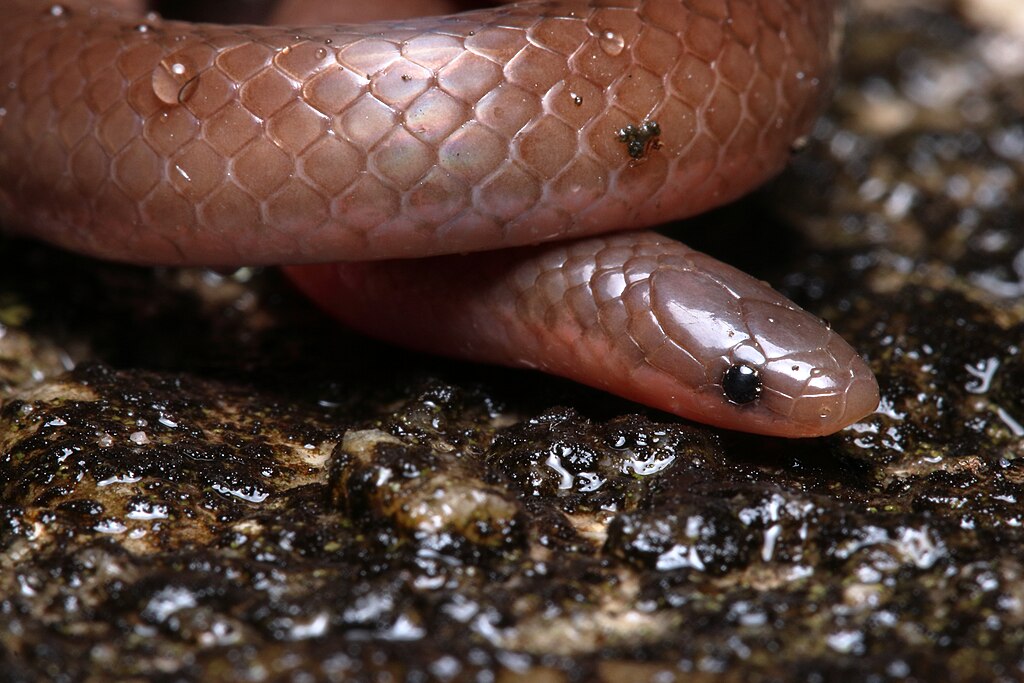
Inflammation is the body’s natural response to injury, and in snakes with jaw problems, swelling around the jaw area is a common symptom. You may notice visible puffiness or asymmetry in the soft tissues surrounding the jaw joints or along the underside of the mouth. This swelling might be accompanied by redness or discoloration of the scales in the affected region. In severe or infected cases, the area may feel warm to the touch compared to other parts of the snake’s body. The inflammation might extend to nearby areas, causing the entire head to appear slightly larger or puffier than normal. When examining your snake, compare both sides of the jaw for symmetry, as unilateral swelling often indicates a problem on that particular side.
Excessive Mouth Gaping and Respiratory Changes
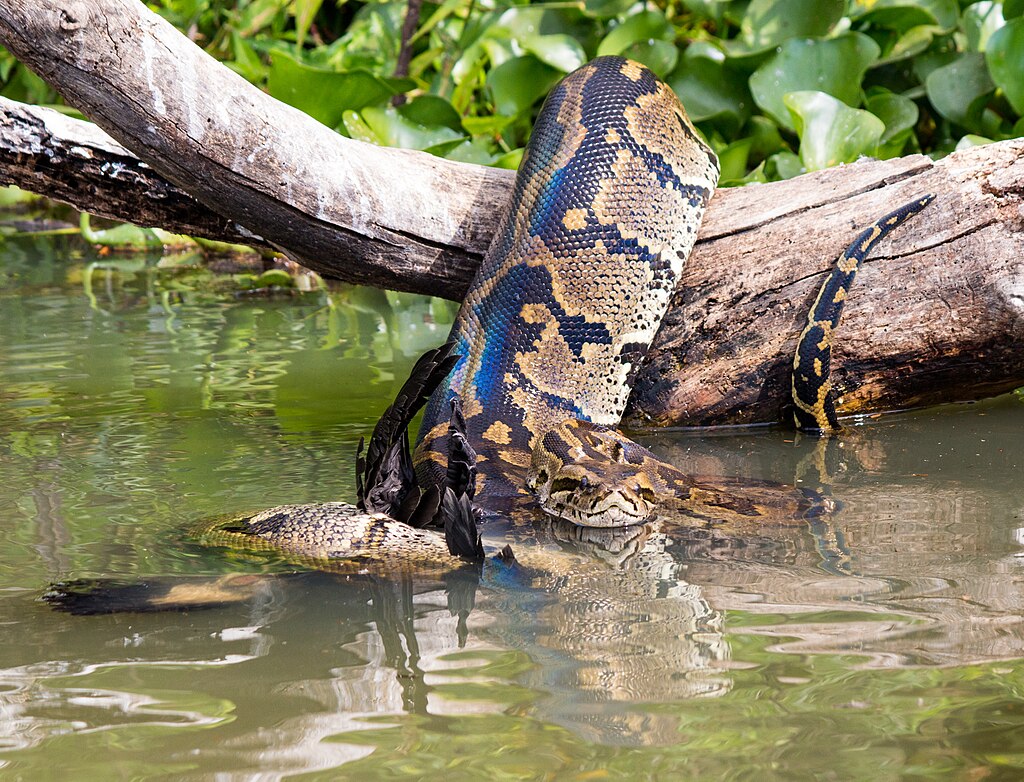
Snakes with jaw injuries often exhibit unusual mouth-gaping behaviors outside of normal thermoregulation or defensive displays. You might observe your snake frequently opening its mouth, seemingly trying to readjust its jaw position or alleviate discomfort. This behavior is particularly concerning when it occurs repeatedly or when the snake seems unable to close its mouth properly afterward. Jaw injuries can also affect a snake’s respiratory patterns, leading to abnormal breathing sounds such as wheezing or gurgling due to improper mouth closure. Some snakes may position their heads at unusual angles while breathing, attempting to compensate for jaw displacement. These behaviors typically worsen after feeding attempts or when the snake is more active, signaling that the issue is pain-related rather than behavioral.
Excessive Saliva or Drooling

Healthy snakes produce saliva, but it’s typically not noticeable during normal behavior as it’s well-contained within the mouth. When a snake suffers from a jaw injury, you might observe excessive saliva production or actual drooling from the mouth. This increased salivation often appears as clear or slightly white fluid around the snake’s mouth or on surfaces where the snake has recently rested its head. The excess saliva can sometimes become thicker or ropier than normal, hanging from the snake’s mouth in a way that’s never seen in healthy individuals. In some cases, this symptom may be accompanied by bubbling around the mouth area, particularly if the snake is unable to swallow properly due to the jaw injury. Persistent drooling over multiple days is always abnormal and requires veterinary assessment.
Difficulty Shedding Around the Head

The shedding process (ecdysis) can reveal hidden health issues in snakes, including jaw injuries. A snake with a jaw problem may experience incomplete shedding around the head and jaw area, even when the rest of the body sheds normally. You might notice pieces of retained shed skin stuck around the mouth, often on the side where an injury exists. This localized shedding difficulty occurs because inflammation changes the skin’s texture and elasticity in the affected area. Some snakes with jaw injuries may also exhibit more frequent “problem sheds” overall, as pain can cause stress that disrupts the normal shedding cycle. During the shedding process, injured snakes might rub their heads against objects more vigorously than usual, potentially exacerbating the original injury as they attempt to remove the stubborn shed skin.
Changes in Tongue Flicking Pattern
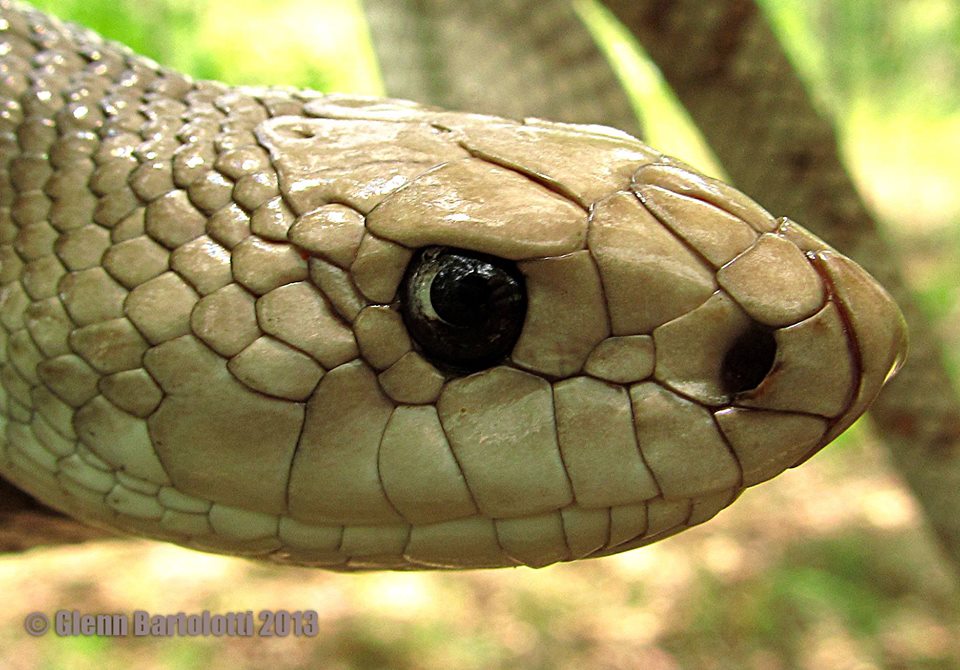
A snake’s tongue is a vital sensory organ used to collect chemical information from the environment, and changes in tongue flicking patterns can indicate jaw discomfort. Healthy snakes extend their tongues in smooth, deliberate movements with a natural rhythm, but those with jaw injuries may flick their tongues asymmetrically or with unusual jerky motions. Some injured snakes might exhibit reduced tongue flicking frequency altogether, or their tongue may not extend as far as usual due to pain when operating the specialized sheath that houses the tongue. In severe cases, the tongue might appear to come out at an odd angle rather than straight forward from the center of the mouth. Since tongue movement relies on properly aligned jaw structures, these changes in tongue behavior can be subtle but important indicators of underlying jaw problems.
Behavioral Changes and Pain Responses
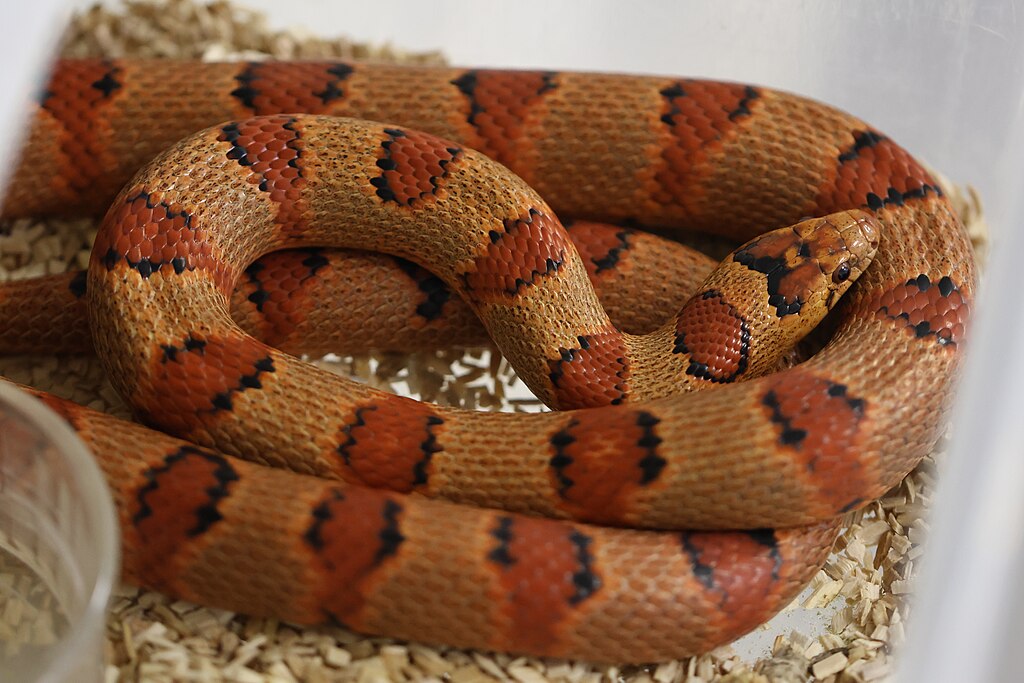
Snakes typically don’t vocalize pain, but they do exhibit behavioral changes when experiencing discomfort from jaw injuries. An otherwise docile snake may become defensive or attempt to flee when approached, particularly if previous handling has exacerbated jaw pain. You might notice your snake rubbing its head against enclosure items in an apparent attempt to realign or soothe its jaw. Some snakes with jaw injuries become notably less active, spending more time in hiding spots and showing reduced exploratory behavior around their habitat. The snake might also demonstrate unusual posturing, such as keeping its head elevated or tilted to minimize pressure on the injured area. These subtle behavioral changes are important communication signals that something is wrong, even when physical symptoms aren’t immediately apparent.
Diagnostic Procedures for Jaw Injuries
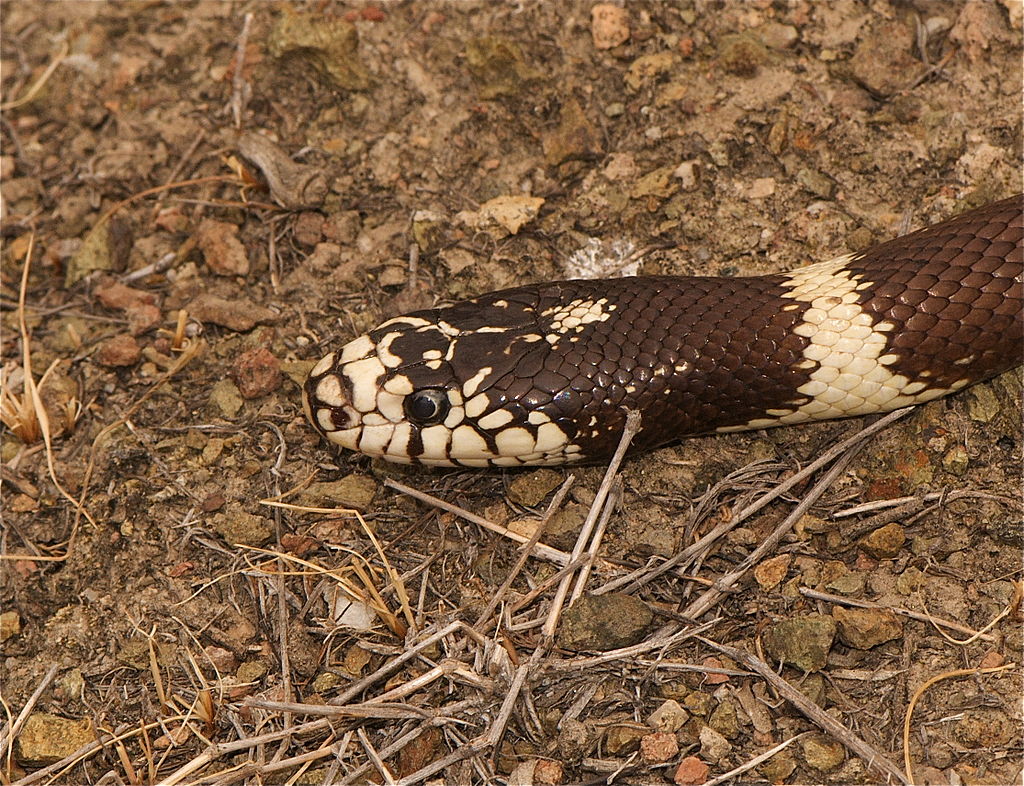
When you suspect a jaw injury, veterinary diagnosis is critical for proper treatment. A reptile veterinarian will typically begin with a careful physical examination, gently manipulating the jaw to assess range of motion and identify pain responses. Radiographs (X-rays) are often necessary to visualize bone positioning and detect fractures, dislocations, or other skeletal abnormalities that aren’t visible externally. In complex cases, advanced imaging such as CT scans might be recommended to create detailed three-dimensional images of the jaw structure. Some vets may perform a careful oral examination under mild sedation to better visualize internal structures without causing additional stress or pain to the animal. Blood tests might be ordered if infection is suspected, as elevated white blood cell counts can indicate an inflammatory response to injury.
Emergency Care and Treatment Options

Treatment for snake jaw injuries varies depending on the severity and type of damage. Minor dislocations might be manually repositioned by an experienced veterinarian, sometimes under anesthesia to minimize pain and prevent further injury during manipulation. More severe injuries may require stabilization with specialized splints or temporary sutures to hold the jaw in proper alignment during healing. Medications commonly prescribed include anti-inflammatories to reduce swelling, pain relievers to manage discomfort, and antibiotics if infection is present or suspected. In rare cases involving fractures or severe tissue damage, surgical intervention might be necessary to repair bones or connective tissues. The recovery period often includes specialized feeding techniques, such as assist-feeding with smaller prey items or nutritional slurries if the snake cannot feed on its own during the healing process.
Prevention and Long-Term Management

Preventing jaw injuries starts with appropriate husbandry practices tailored to your snake’s species. Offering correctly sized prey items is crucial—the prey should be approximately the same width as the thickest part of your snake’s body or slightly smaller. Creating a safe feeding environment away from hard surfaces or enclosure decorations reduces the risk of impact injuries during striking. For handling, always support your snake’s body properly and never pull a snake that has bitten something, instead using gentle techniques to encourage release. After a snake recovers from a jaw injury, long-term management might include permanent dietary modifications, such as offering smaller prey items more frequently rather than larger meals. Regular veterinary check-ups are important for previously injured snakes, as they may be more susceptible to recurrent problems in the healed area.
In conclusion, recognizing the signs of a jaw injury in your snake requires attentive observation and understanding of normal snake behavior and anatomy. From visible misalignments and swelling to changes in feeding habits and tongue movement, these symptoms serve as crucial indicators that veterinary care is needed. With prompt diagnosis and appropriate treatment, many snakes can recover fully from jaw injuries and return to normal feeding and behavior patterns. Remember that prevention through proper husbandry, feeding techniques, and handling practices offers the best protection against these potentially serious injuries. By staying vigilant and responding quickly to potential problems, you can ensure your serpentine companion maintains optimal health and quality of life for years to come.

